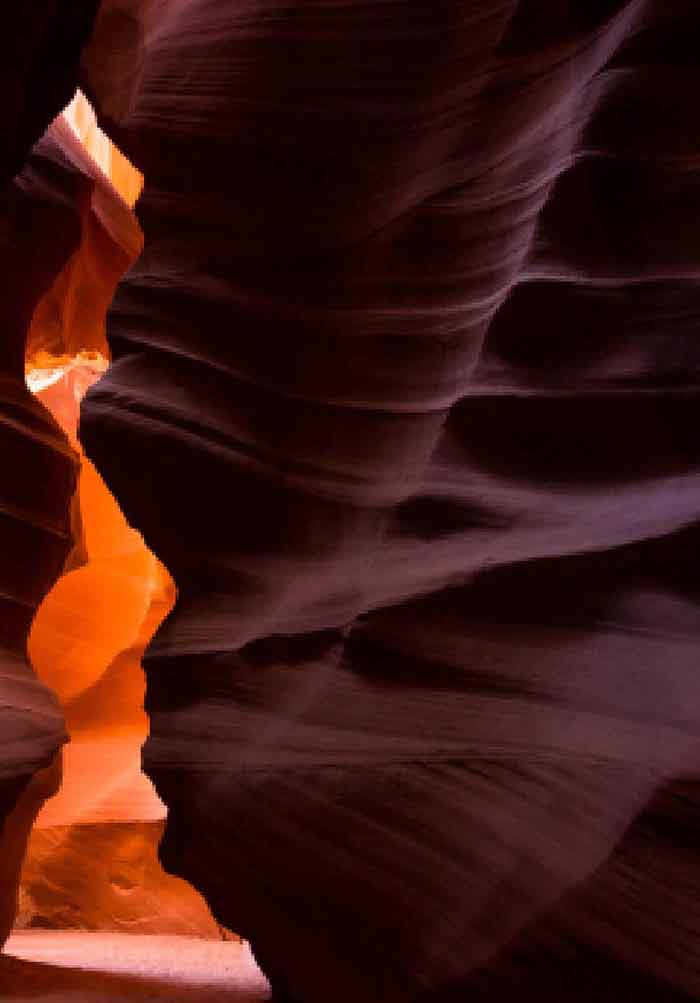

- Cave technology grid mapping full#
- Cave technology grid mapping software#
- Cave technology grid mapping professional#
Creating a story map collaboratively ensures team members are on the same page from the start of the project through to ongoing development of new releases. A user story map is a powerful tool that enable an agile team to groom their product backlog and plan the product releases more effectively.Ī user story map captures the journey a customer takes with the product including activities and tasks they perform with the system. The main idea behind Story Maps is that single-list product backlogs are a terrible way to organize and prioritize the work that needs to be done. Story Maps were first introduced by Jeff Patton in 2005. Typically, an agile development team makes use of story map in collaborative meetings in identifying the desired results the end users want to achieve. The user story tool allows you to establish multiple levels and dimensions for a product backlog through the breakdown of user needs as user activities, user tasks, epics and user stories. User Story Map is becoming a popular user story management technique through the efforts of Jeff Patton and others. User Story Mapping is a better and more Agile way to address rigid changes of the end-user requirements.Ī user story map helps you arrange user stories into a useful model for understanding the functionality of a system, identifying holes and omissions in your backlog, and effectively plan holistic releases that deliver value to users and business with through releases.
Cave technology grid mapping software#
It's not exactly realistic to expect project teams to plan for a static requirements list and then deliver functional software months later. Archaeologists will then use our Geo-data to gain a better understanding of how prehistoric humans lived in the cave and the positioning of the various groups of paintings.Requirements always change as teams and customers learn more about the system along with the progress of the project. “Fugro’s job is to map and record these precious works of art before they are lost forever, and to model the underwater structure. “Many of the paintings of horses and hands are perilously close to the rising water level,” said Chazaly. In May he returned to complete this urgent project with Luc Vanrell, which will require a further 45 dives and a painstaking approach to avoid damaging the beautifully preserved cave.

Fugro is the perfect partner to support us in this crucial mission.”īertrand Chazaly, Fugro’s Digital and 3D Expert conducted Fugro’s initial 3D survey in September 2010 and has since completed more than 70 dives. Luc Vanrell, Immadras’s Project Manager for scientific missions in the Cosquer Cave, said: “To achieve the objectives of a fully exploitable 3D digitisation for our scientific team, we needed a provider that could mobilise and develop multiscale 3D survey technologies, above and below water, and in extreme conditions. The project is scheduled for completion early next year. Fugro will also model the landscape surrounding the entrance, 37 m below sea level, as well as the narrow, 120 m underwater access tunnel leading up to the cave. This will provide invaluable insights for archaeological, paleontological and climatological researches, and for future generations.

Fugro will then produce a highly accurate, georeferenced 3D model of the entire cave structure.
Cave technology grid mapping full#
The artwork above the surface is recorded in full colour and meticulous detail (0.1 mm resolution), and a lower resolution will used for the underwater section, which accounts for around two-thirds of the cavity.
Cave technology grid mapping professional#
In challenging conditions, and together with Immadras, a French professional diving company, Fugro will use the latest photogrammetric, 3D laser scanning and lighting technology to digitise and map the cave. Rising sea levels are gradually effacing the cave’s display of 177 exquisite and irreplaceable paintings and engravings, dating back to 27,000 BC but Fugro will use their Geo-data scanning technology to create a permanent record of huge cultural significance.


 0 kommentar(er)
0 kommentar(er)
